Forging vs. Machining: A Comprehensive Comparison
Author: SAIVS Date Published: Oct 16,2024
Forging and machining are two fundamental industrial processes that shape and manufacture metal parts. Each process has advantages and disadvantages, making it difficult to decide which is best suited for a specific project. Sometimes, forging and machining are required to achieve the desired outcome, but understanding when to use one process over the other is crucial for efficient production and optimal results.
What is Machining?
Machining is the process of removing material from a workpiece to achieve a specific shape, size, or finish. This process typically uses tools like lathes, mills, or CNC Machines to cut, drill, or grind away material from a block of metal or other materials such as plastics or composites. Machining allows for high precision and can be used to create complex shapes with tight tolerances.
What is Forging?
Forging, on the other hand, is the process of shaping metal using compressive forces, usually while the material is heated to make it more malleable. The heat allows the metal's grain structure to align in a way that strengthens the final product. Forging has been used for centuries, and although the techniques have evolved, the fundamental principle of using heat and force to shape metal remains the same.
Benefits of Forging Over Machining
Forging offers several distinct advantages over machining, particularly in the context of producing strong and durable parts:
Stronger and More Durable Products: The heat applied during forging alters the grain structure of the metal, making the final product stronger and more durable than those produced by machining. This is particularly important for applications that require parts to withstand high stress or heavy loads.
Ability to Produce Complex Shapes: Forging can create complex shapes that might not be possible through machining alone. Techniques like hand forging, drop forging, and upset forging allow for various geometries, making forging ideal for unique designs and structural integrity.
Energy Efficiency: Since forging shapes the material rather than cutting it away, it produces less waste compared to machining. This means forging is generally a more energy-efficient process, especially for large-scale production.
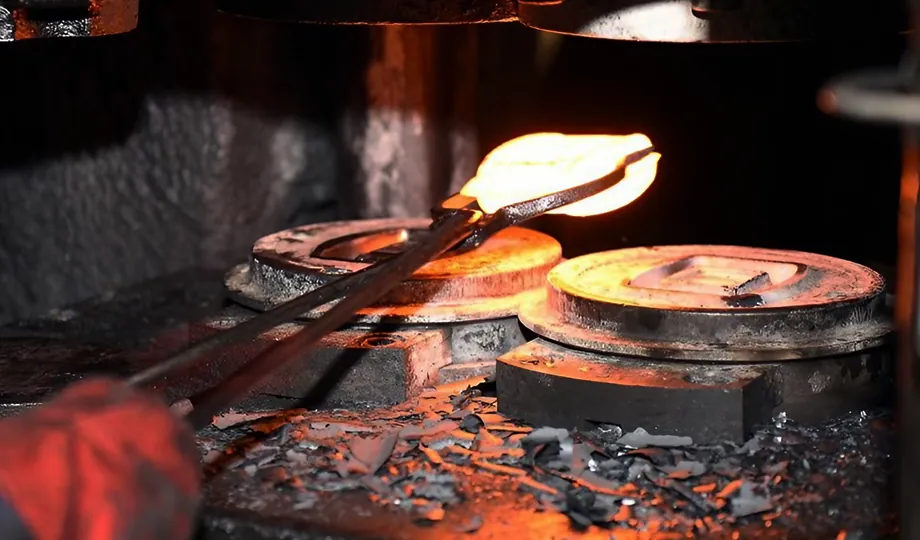
Disadvantages of Forging Compared to Machining
Despite these advantages, forging also has some drawbacks:
Higher Costs: Forging often requires specialized equipment and highly skilled labor, which can make it more expensive than machining, especially for smaller or simpler parts.
Time-Consuming: Forging involves heating the metal and carefully shaping it, which can be a lengthy process compared to the faster cycle times of machining, particularly for complex shapes.
Limited Surface Finish: Forged parts may not have a smooth surface finish and may require additional machining or finishing steps to achieve the desired surface quality, increasing the overall production time and cost.
Benefits of Machining Over Forging
Machining, while different in approach, brings its advantages to the table, especially when it comes to precision and versatility:
Versatility: Machining can be used on a wide range of materials, including not only metals but also plastics and composites. This flexibility makes it an essential process across various industries, from aerospace to medical device manufacturing.
Precision and Accuracy: One of the major benefits of machining is the ability to achieve extremely tight tolerances and highly accurate dimensions. This makes machining the go-to choice for parts that require precision, such as engine components or intricate custom designs.
Complexity in Design: With advanced computer-controlled machines, machining can produce highly intricate and complex parts that may not be feasible through forging alone.
Efficiency in Automation: machining processes, particularly those involving CNC machines, can be automated. This automation reduces labor costs, increases production speed, and enhances overall productivity.
Disadvantages of Machining Compared to Forging
However, machining has its own set of limitations:
Material Waste: Because machining involves cutting away material, it produces a significant amount of waste, which can be costly, especially when working with expensive materials like titanium or stainless steel.
Costly for Complex Parts: While machining is efficient, the more complex the part, the more time and money it may take to produce. This can make machining less cost-effective compared to forging for certain applications.
Requires Skilled Operators: Operating CNC machines or manual lathes requires a high level of skill and training. Finding and hiring skilled machinists can be a challenge, especially for companies operating in regions with a shortage of trained labor.
When to Choose Forging vs. Machining
The decision between forging and machining often depends on the specific needs of the project. Forging is typically the better option when strength and durability are the top priorities, especially for components that will experience heavy wear and tear, such as automotive parts or structural supports. Machining, on the other hand, is ideal for projects requiring high precision, intricate designs, and a smooth finish. In some cases, combining both processes—starting with forging to create a strong base and finishing with machining to add fine details—can offer the best of both worlds.
Ultimately, choosing between forging and machining comes down to the desired characteristics of the final product and the specific requirements of the project.
Why Choose SAIVS™ as Your Supplier?
1.Superb Quality Control Management
At SAIVS, we take pride in our perfect quality management systems and procedures, which guarantees the excellent performance of all our producs, being a professional Investment Casting | Die Casting| Sand Castingmanufacturer in China.
2.Rich Production Experience
With 20 years of experience in production, SAIVS has a deep understanding of the market and trends, and strives for continuous research and innovation. This has created advantages in both the product's performance and appearance.
3.Competitive Prices
As a Chinese factory committed to becoming the most cost-effective Investment Casting | Die Casting| Sand Castingexporter in China, SAIVS provides high-quality products at advantageous prices. By lowering costs and increasing efficiency, we ensure that our customers receive the best possible value for their investment.
4.Perfect After-sales Service
At SAIVS, we strive to provide superior customer service that meets and exceeds expectations. We are always available for any questions or concerns you may have, and we stand by our commitment to providing excellent after-sales support.
Related Posts
-
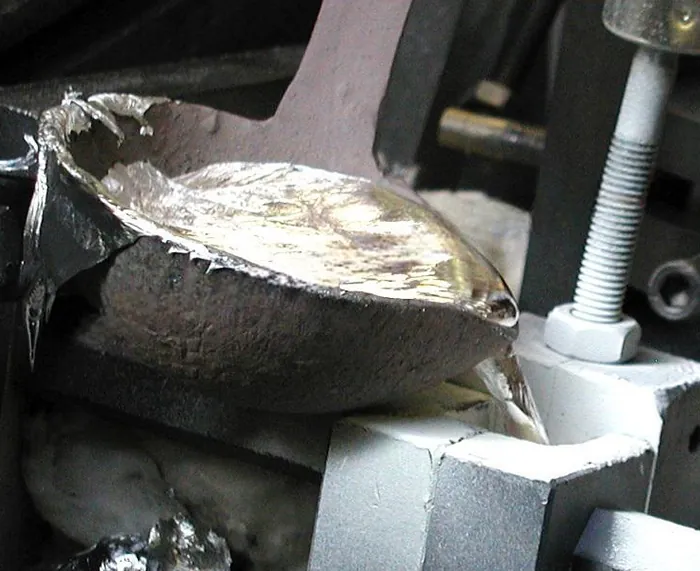
Gravity Die Casting: Choosing the Right Alloy for Your Needs
Gravity die casting is a manufacturing process that uses gravity to fill a mold with molten metal. This process is used to produce a wide variety of metal compo...
-
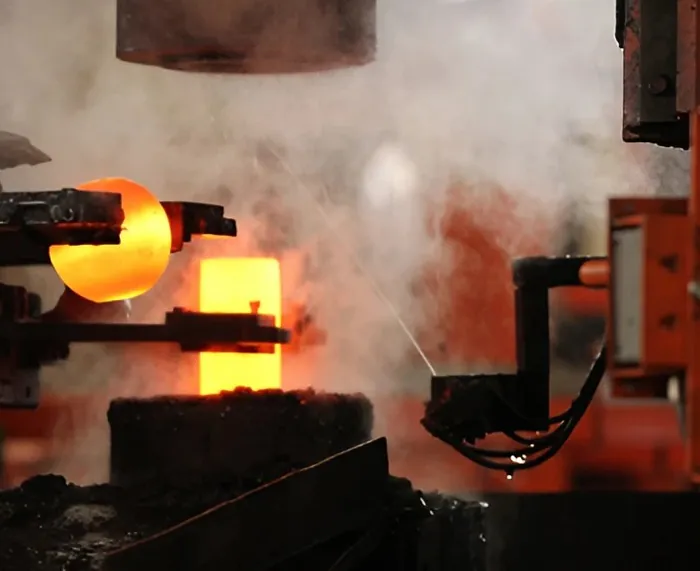
Choosing the Right Stainless Steel Forging Manufacturer: Key Factors to Consider
Discover applications (construction, medical) and qualities of a good supplier (expertise, customization).
-
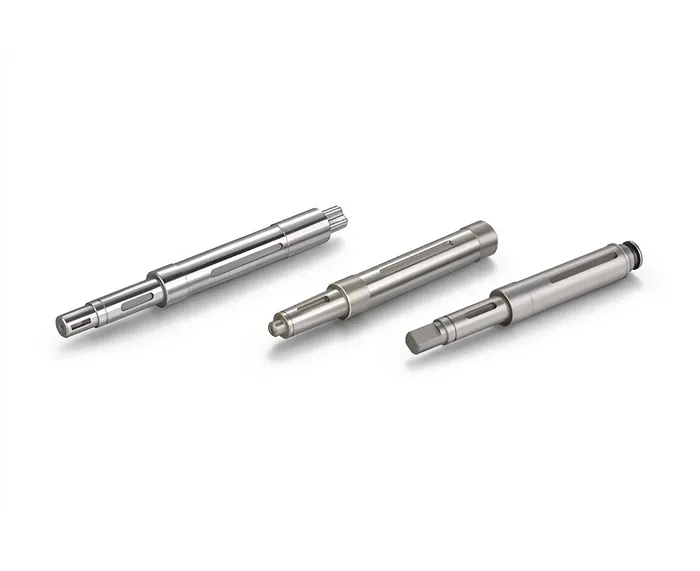
Shaft Components: The Best Choice For CNC Machining
From solid to hollow, delve into CNC machining precision, uncovering routes from turning to drilling.
-
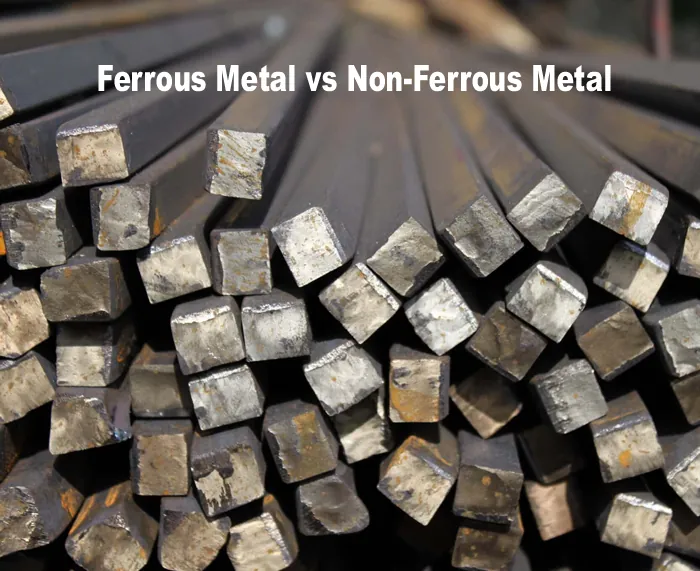
From Iron Alloys to Aluminum Alloys: Understanding the World of Ferrous and Non-Ferrous Metals
Delve into the world of metals with this comprehensive guide to ferrous and non-ferrous metals. Explore their properties, applications, and key differences.
-
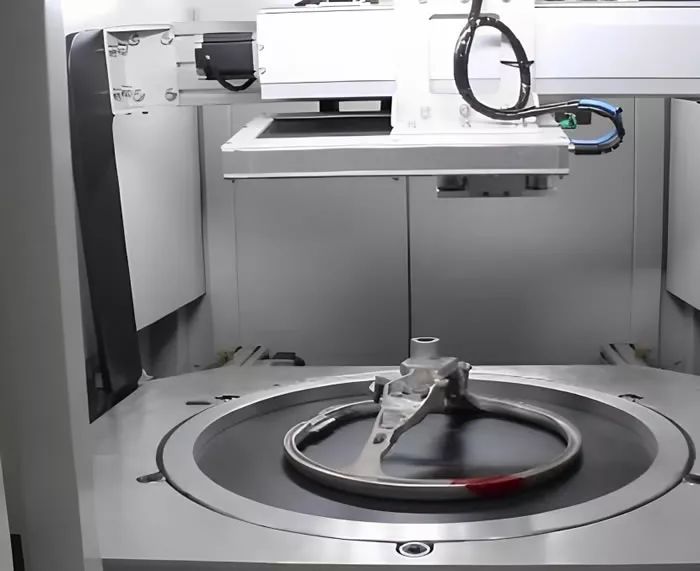
X-ray detection of internal defects in die castings
Aluminum castings are widely used in industries such as automotive parts, mechanical manufacturing, computers, electronics, medical equipment, watch instruments...
-
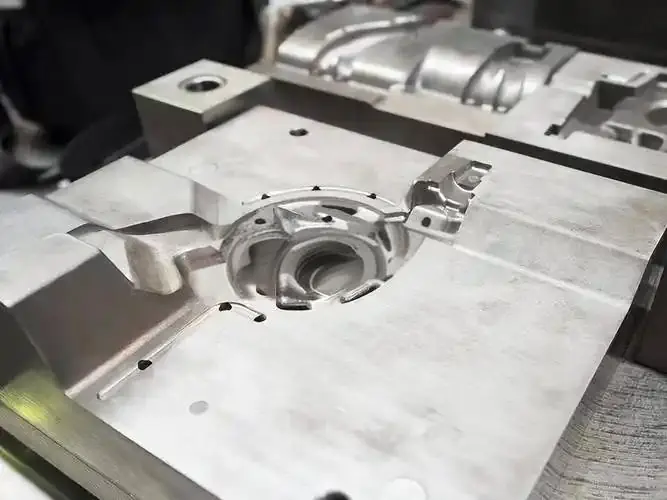
Solutions to Common Problems in Die Casting Production
Solutions to Common Problems in Die Casting ProductionIn the process of die casting production, various issues may arise that can impact production efficie

